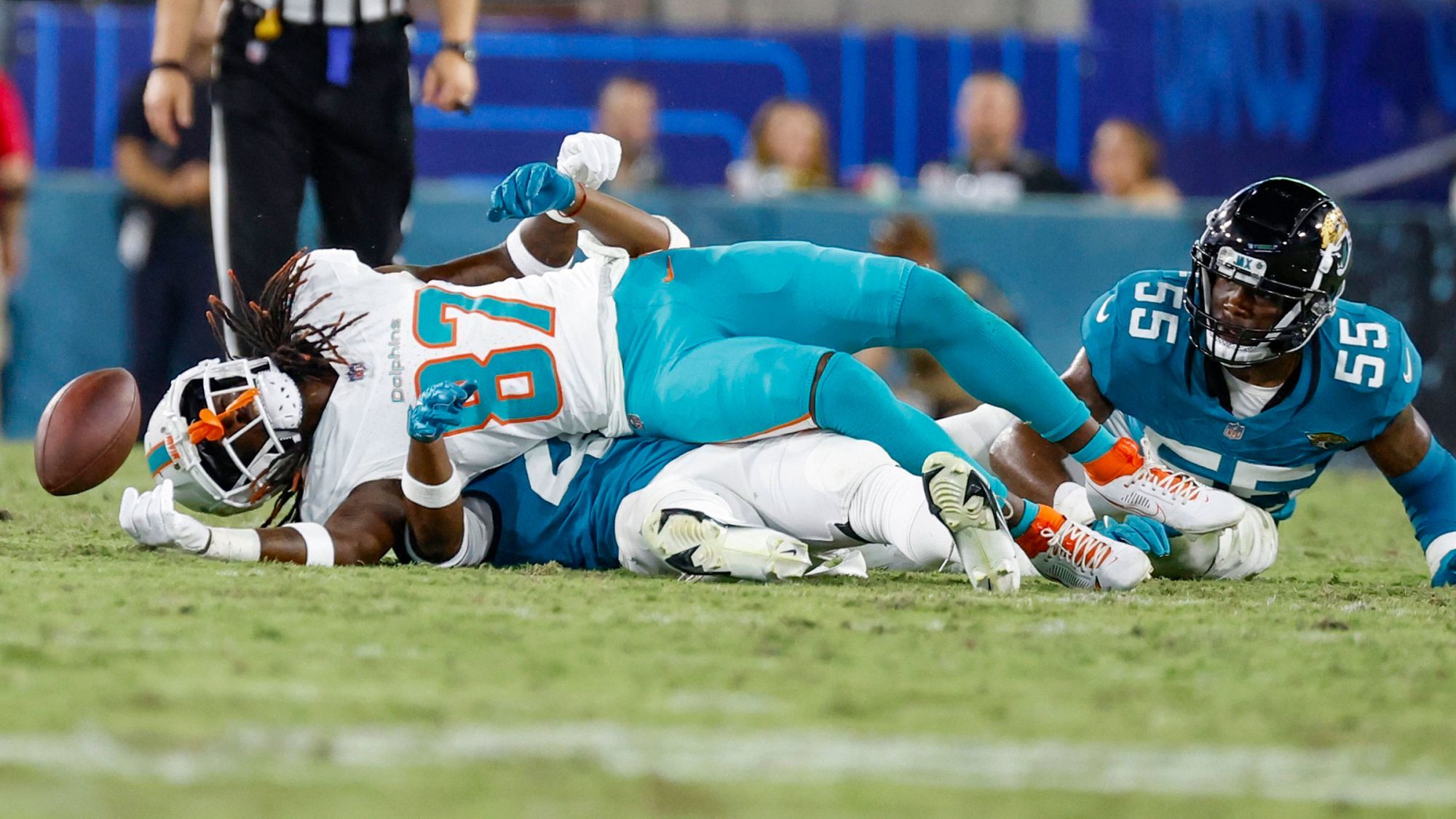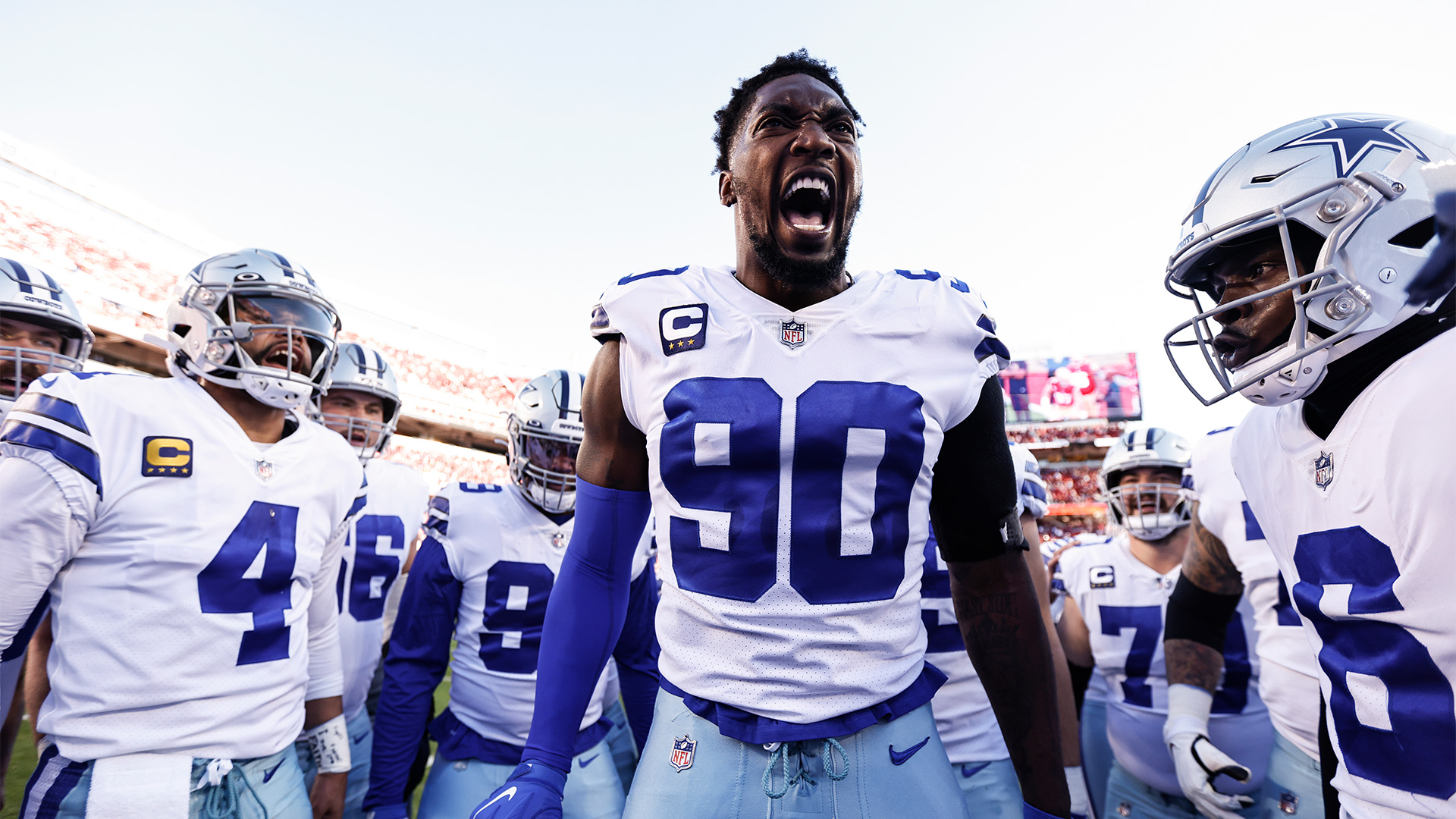In the high-octane world of the NFL, where quarterbacks are akin to generals marshaling their troops, the rule of intentional grounding plays a pivotal role in the dynamics of football strategy. This regulation, often misunderstood by the casual observer, is a cornerstone in the league’s efforts to balance aggressive defense with the safety of its most celebrated stars: the quarterbacks. As we delve deeper into this fascinating aspect of American football, we uncover not just the rule itself but its profound impact on how the game is played.

The Genesis of the Rule
As the NFL evolves, with a stronger emphasis on passing, quarterbacks find themselves hurling the football upwards of 30 to 40 times a game. This shift exposes them to increased risk from the opposing team’s defense, making the intentional grounding rule more relevant than ever.
Designed as a protective measure, this rule allows quarterbacks to throw the ball out of bounds if no open receivers are available, offering them a safe harbor from the storm of defenders.
Understanding NFL Intentional Grounding
The essence of intentional grounding lies in its criteria: a quarterback is penalized for throwing the ball out of bounds or into an area devoid of any receivers while remaining in the pocket. An extension of this rule applies if the quarterback, even after moving out of the pocket, attempts to discard the ball out of bounds without it reaching the line of scrimmage.
However, the rule is not without its nuances. There are exceptions, particularly when a defensive player significantly alters the passer’s motion, leading to an incomplete pass that otherwise might be deemed intentional grounding. These subtleties add layers of strategy and judgment calls to the game, making it a constant topic of analysis and debate among fans and experts alike.
You may not like it, but this is the face of the NFL. pic.twitter.com/53zhT4J3LB
— The Kingdom (@MahomeSZN) February 14, 2024
The Consequences of a Call
The NFL penalties for intentional grounding are severe, underscoring the rule’s importance in maintaining the game’s integrity. A team found guilty of this infraction faces the loss of a down and a 10-yard setback from the previous spot of the ball.
This dual punishment not only costs the team a critical opportunity to advance but also pushes them further away from the end zone, complicating their scoring chances. In the most dire of circumstances, such as when the infraction occurs in the team’s end zone, the penalty escalates to a safety, awarding two points to the opposition along with possession of the ball.
The Rule’s Impact on Game Strategy
Intentional grounding adds a layer of complexity to the quarterback’s decision-making process. It forces them to weigh the risks and rewards of each pass, knowing that a wrong decision could lead to significant penalties. This rule encourages quarterbacks to develop a keen sense of awareness and adaptability, making quick judgments under pressure to avoid costly mistakes.

As the 2024 NFL training camp commences in Las Vegas, the spotlight once again turns to the strategies teams will employ to navigate the intricate dance of offense and defense. With the rule of intentional grounding firmly in place, quarterbacks and coaches alike must continuously refine their tactics, ensuring that their plays are not only effective but also within the bounds of the game’s regulations.
In conclusion, intentional grounding is more than just a rule; it’s a pivotal aspect of football that affects strategies, player safety, and the overall pace of the game. As fans and players gear up for another thrilling NFL season, understanding the intricacies of such rules adds layers of appreciation for the skill and strategy that define this beloved sport.










